In New South Wales, anyone injured while performing a work-related activity may be entitled to workers compensation.
That compensation can help to cover medical costs and ongoing rehabilitation expenses.
It may also be needed to compensate for loss of earnings due to a more serious injury – for instance head injuries – that prevents the worker from returning to their job for weeks or months.
There are lawyers in Sydney that can provide injured workers with a free consultation about their workers compensation entitlements.
Luckily, there are many regulations in place that aim to reduce the risk of work accidents occurring in the first place.
These include the mandatory use of safety clothing and equipment, comprehensive safety procedures and measures to minimise employee contact or proximity to dangerous materials.
However, as workplace processes and technologies evolve, safety regulations need to change with them in order to keep workers protected from dangers on the job.
For instance, the use of nanotechnology in the workplace has yet to be fully investigated from a workplace safety point of view.
This is the production of very small particles – constructed at the level of single atoms – which are measured in nanometres, or billionths of a metre.
As a technology that is still new and developing, the possible applications of nanotechnology are still being discovered, yet so are the risks that may come with the use of these new materials.
On the OHS Reps website, it is noted that “the potential effects of nanomaterials on worker health and that of the general community, as well as on the environment, are largely unknown”.
“It is an area for which there is no regulation in Australia. Companies are under no obligation to even notify any government authority if they import, use or manufacture nanomaterials,” according to the OHS Reps nanotechnology factsheet.
Yet Safe Work Australia (SWA) is already on the case, having recently released two research reports on nanotechnology safety and provided comment in a statement on March 18.
“While the risk to human health and safety from a number of these materials and applications is low, some nanomaterials are potentially more hazardous, for example carbon nanotubes,” said SWA chair Ann Sherry.
The SWA chair said that the National Industrial Chemicals Notification and Assessment Scheme (NICNAS) recommends that carbon nanotubes be classified as “suspected carcinogens” in the absence of “product-specific evidence which suggests otherwise”.

